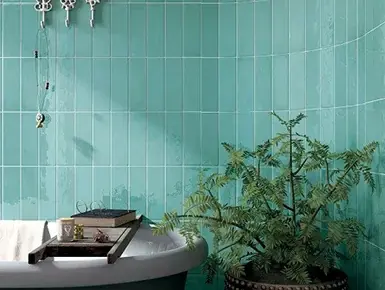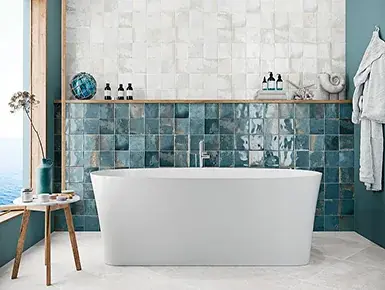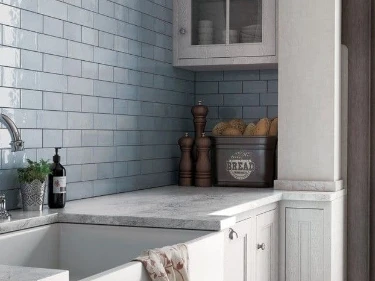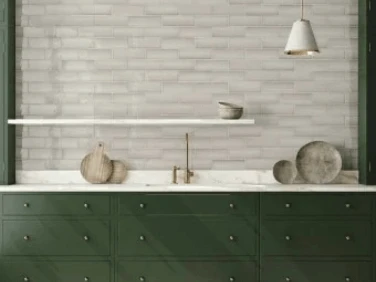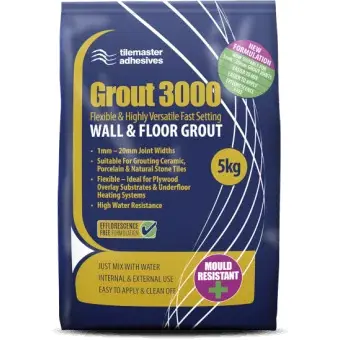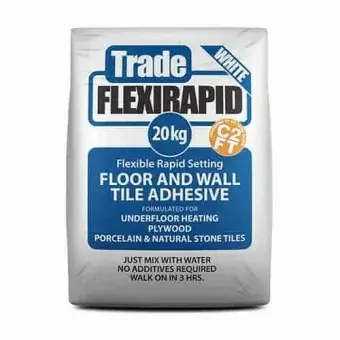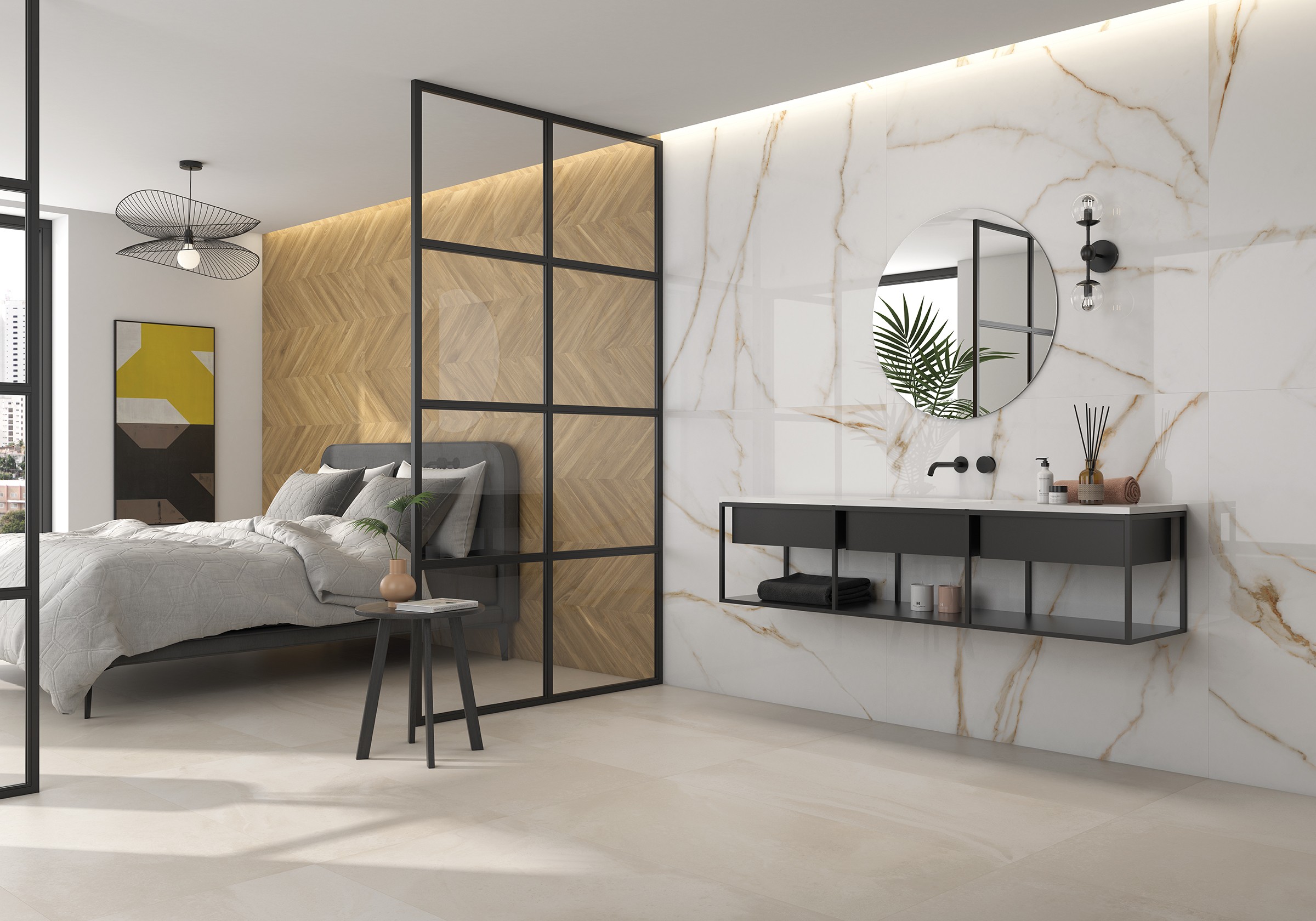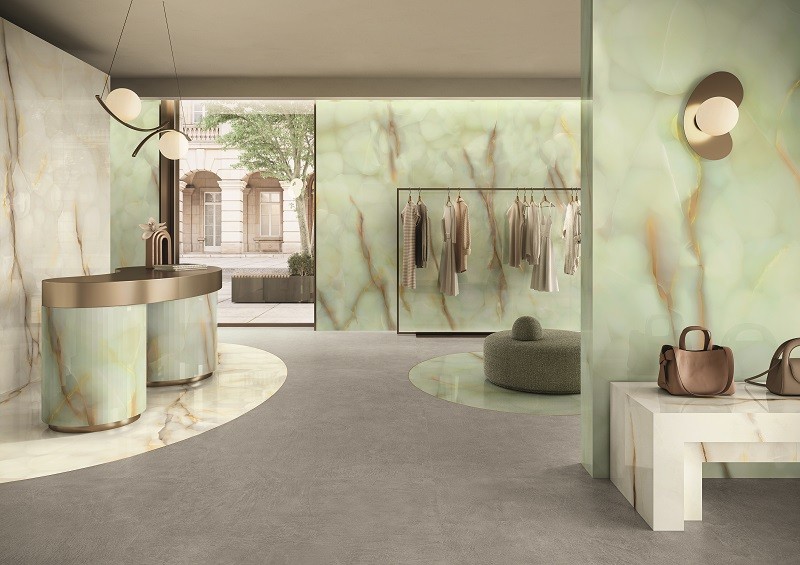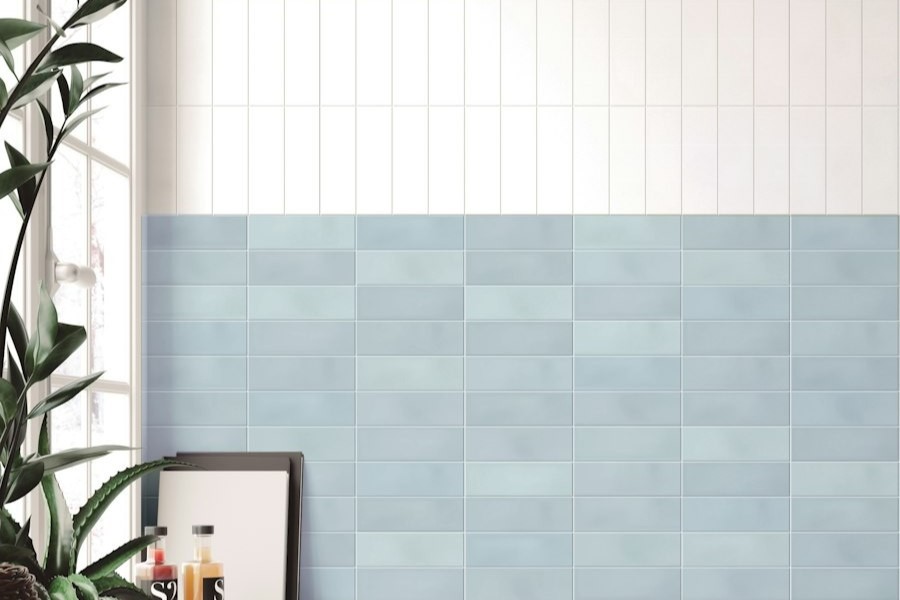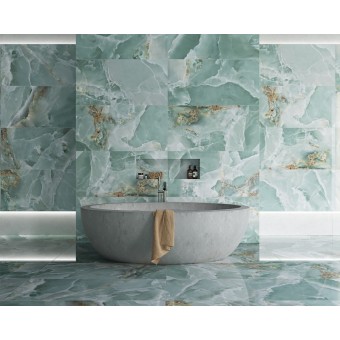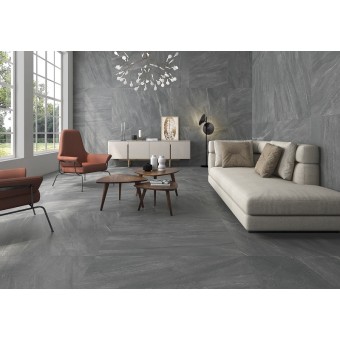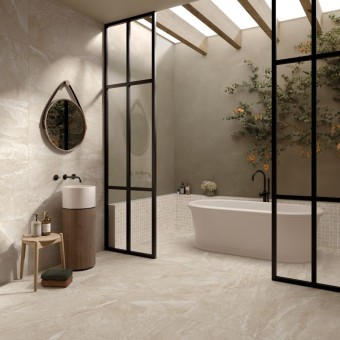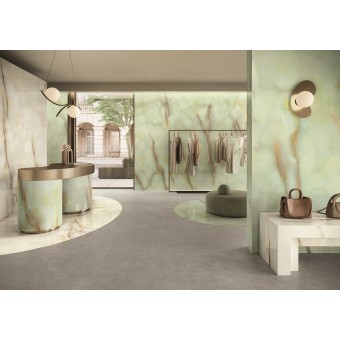Tile pairing may seem like a small decision but one that weighs heavily on both the aesthetics and efficacy of your space. Pair tiles correctly, and you improve the visual flow of the room, making it feel larger, more cohesive and welcoming. On the contrary, if it is not in a proper arrangement, it can look disjointed or messy even if the pieces are beautiful.
It is not simply a matter of pairing tiles, though, before you do that you have to consider a few elements which will ensure the end result is something that you love and that will endure the test of time. The type of room you’re working on is one of the first things to consider. As a basic example, you will approach tile pairing differently in a bathroom than a kitchen or family room, as each has unique needs and design factors. In a bathroom, for example, you may want to select tiles that provide a spa-like calm, while in a kitchen you may focus more on tiles that will be durable, easy to maintain and still make a statement.
Tile material is another important consideration. Porcelain, ceramic, stone and other materials have unique characteristics and looks that can change the way they work with one another. You’ll also want to consider what colour palette you’re going to do, because the colours that the little tiles are will need to either harmonize with or intentionally clash with one another in order to give the desired final result. Texture also plays a big role, as combining smooth and textured tiles can create depth and interest in a room without being too sensory overload, she said.

